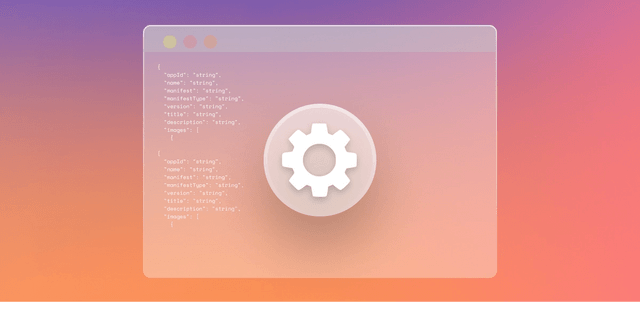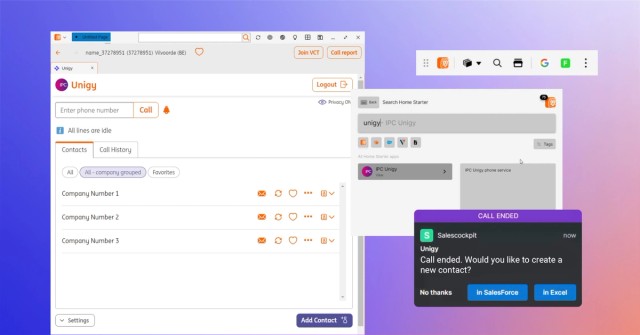January 12, 2019
Packaging and Deployment: There is another way!

This blog has been published on DataManagementReview and IntelligentTradingTechnology, January 22nd 2019.
Let’s say you’re running IT for a bank. You will own software. You could build and of course you’ve got your choice of SaaS options from third party vendors. But those vendors have to be vetted. Do they meet your firm’s security requirements? Will they still be around a year from now? Will they be supporting the product?
Security onboarding is a tangible – and time-consuming – concern, but that’s only the beginning. Once you’ve picked a vendor, there’s the install itself to consider. Quality assurance, functionality, fault and conflict testing are all time consuming processes whilst you work out the inevitable kinks before a platform is production ready. Then sending it to your internal packaging team to ensure it works in your desktop environment and meets security requirements. Desktop apps are notorious for creating the largest footprint for cyber attack so you have to be sure of what you’re getting yourself into.
Now let’s say you’re a humble software vendor. Your resources may be hard-pressed to withstand the intensive – and intrusive – onboarding process of a large bank’s vendor risk assessment. Their penetration tests of your infrastructure, their questions about your business continuity plan, information about your own risk compliance and processes, how you on-board your staff and the wealth of documentation they require. And this is before you get to packaging.
Working with your client’s IT team, you’ll spend the next three months (but probably more) in a cyclical process of testing, iterating and packaging. In the meantime, you’re burning cash while your product is quarantined from the marketplace. Interestingly your client is also burning cash; ~$600k per annum of internal costs to package platforms like yours.
Never mind upgrade rollouts, which your new client might not even take because of the daunting nature of the packaging process.
Caught in the vortex of compliance, security issues and environmental complexity, this cycle creates friction for financial institutions and vendors alike. Lucky for everyone involved, there’s an easier way.
OpenFin streamlines desktop app deployment and completely eliminates the need for software packaging and costly security reviews. It looks like magic, but it’s actually quite straightforward. OpenFin enables developers to build web apps that look and feel like native desktop applications — multi-window, multi-monitor, push notifications, popups and everything else a native app can do.
With OpenFin OS, a desktop app is web deployed just like a website is deployed via a browser — instantly. OpenFin ensures desktop security in the same way (and using the same mechanism) that is used by a web browser. Of course OpenFin OS itself needs to be approved (just like a browser), but once that is done there is no need for desktop apps deployed via OpenFin to be packaged and security reviewed. OpenFin also provides IT security with tools to seamlessly update to new approved versions of the OS.
OpenFin OS is already approved and running in over 1500 buy and sell-side firms, in over 60 countries with more than 1000 applications in the eco-system. So you can finally say goodbye to software packaging. There is a better way.
* According to Greenwich Associates, the annual cost of financial services software packaging is $1.5B.
Enjoyed this post? Share it!
Related Posts
All Posts ->
Featured
Enhanced Deployment Flexibility with OpenFin's Fallback Manifests
Thought Leadership

Featured
ING Integrates OpenFin for Salesforce to Optimize Workflows
Thought Leadership